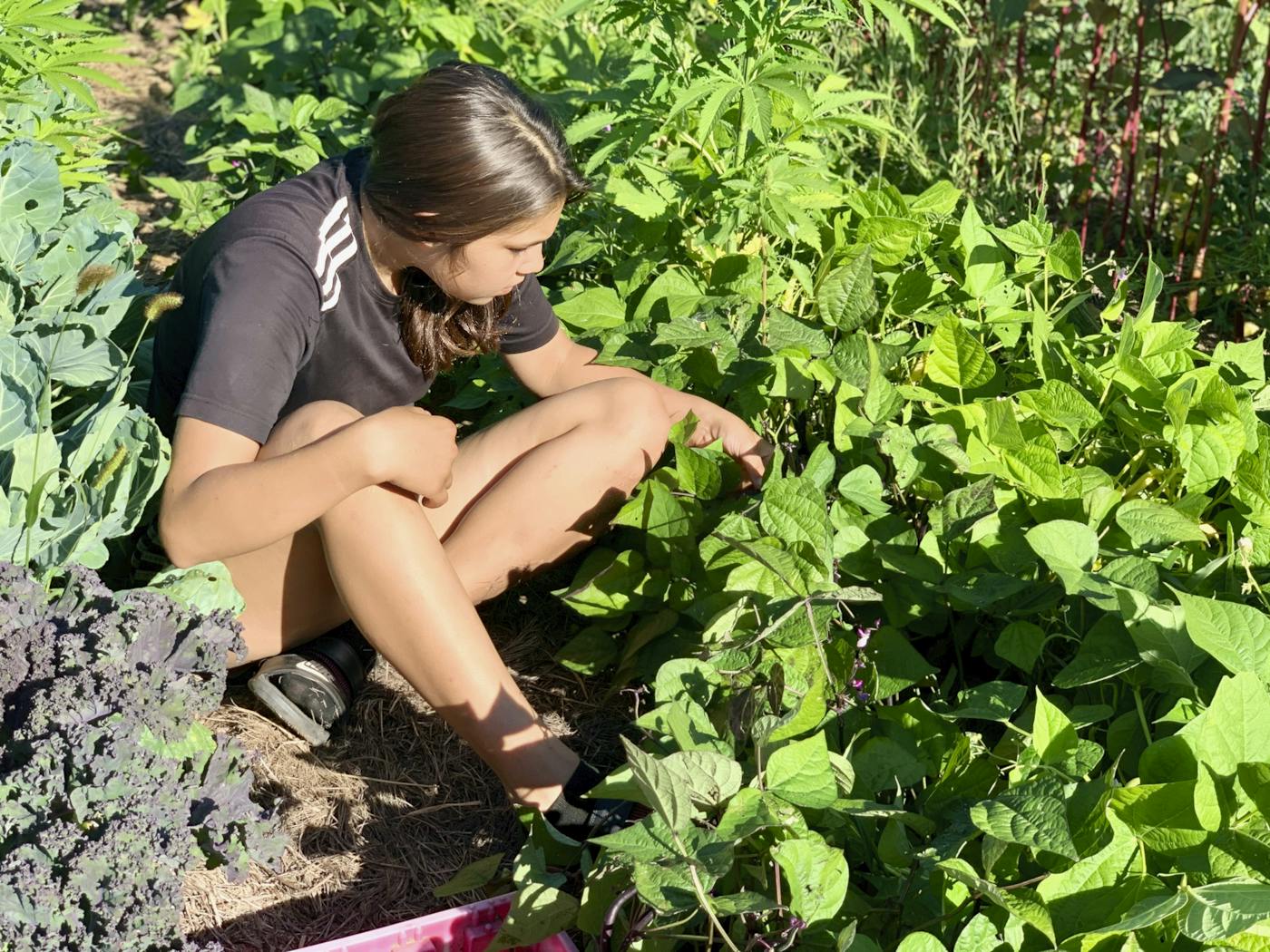Restoring a Hemp Fiber Economy Rooted in Northern Plains and Great Lakes Indigenous Nations
- Regenerative Agriculture
- Circular Fibersheds
- Agroecology
- Sustainable Livelihoods
- Women
- Indigenous Tenure
- Daughters for Earth
- Great Plains
- Northern America Realm
| Bioregion | Northern Great Lakes Forests (NA11) |
| Category | Regenerative Agriculture Our project categories represent one of three core solutions pathways to solving climate change. Energy Transition focuses on renewable energy access and energy efficiency. Nature Conservation includes wildlife habitat protection and ecosystem restoration, as well as Indigenous land rights. Regenerative Agriculture supports farmers, ranchers, and community agriculture. |
| Realm | Northern America The Project Marketplace is organized by the major terrestrial realms divided into 14 biogeographical regions – N. America, Subarctic America, C. America, S. America, Afrotropics, Indomalaya, Australasia, Oceania, Antarctica, and the Palearctic realm, which coincides with Eurasia and is divided into Subarctic, Western, Central, Eastern, and Southern regions. |
| Partner | Anishinaabe Agriculture Institute |
One Earth’s Project Marketplace funds on-the-ground climate solutions that are key to solving the climate crisis through three pillars of collective action — renewable energy, nature conservation, and regenerative agriculture.
The Anishinaabe Seven Generations and Seventh Fire prophecies describe the present time as a choice between two paths. One path is well-worn, scorched, and leads to people’s destruction. The other path is new, green, leading to Mino-Bimaadiziwin (the good life). Here in Omaa Akiing, the land to which the people belong, Winona’s Hemp is committed to walking the new path. Tribe members are farmers and want to grow hemp. That means there is a need to process it. To succeed, the next step is to build Winona’s Hemp Mill.
In the 1980s, Winona LaDuke, a Native American activist, economist, and author supported a lawsuit filed by the Anishinaabe people to recover lands promised to them by an 1867 federal treaty. At the time of the treaty, the White Earth Reservation included 837,000 acres, but by 1934 government policies had allowed lumber companies and other non-Native groups to take over more than 90% of the land.
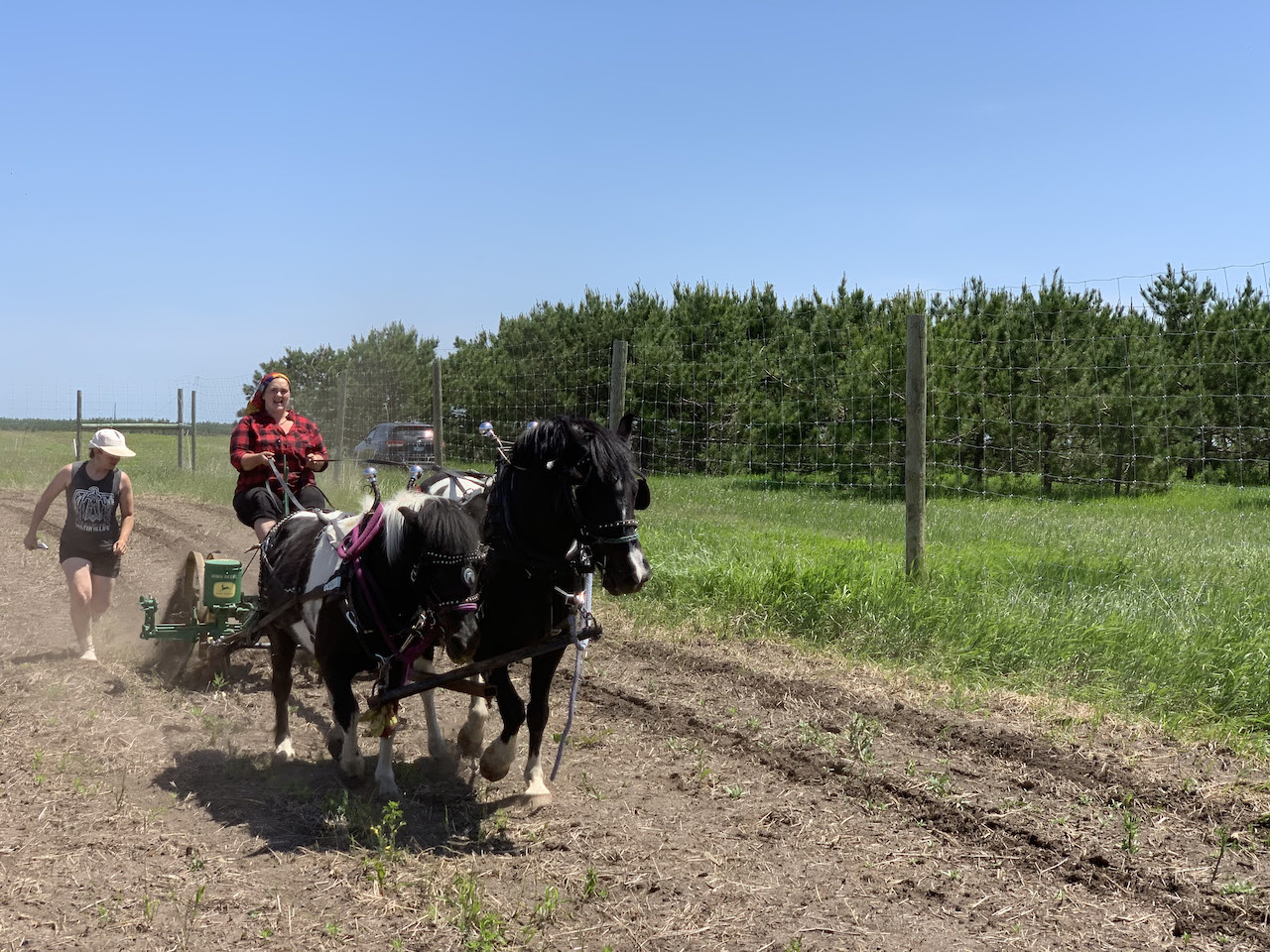
Image credit: Courtesy of Little Red feather Design, Anishinaabe Agriculture Institute
After four years of litigation, however, the lawsuit was dismissed. Its failure motivated LaDuke’s ensuing efforts to protect Native lands. In 1989, LaDuke founded White Earth Land Restoration Project (WELRP). This organization seeks to buy back reservation land previously purchased by non-Native people to foster sustainable development and provide economic opportunity for the Native population. It is now one of the largest reservation-based nonprofits in the country. In 2017, LaDuke founded Anishinaabe Agriculture Institute (AAI) to advance regenerative economic opportunities through hemp cultivation.
Hemp has been important to the US economy for more than a century. Minnesota farmers were once a substantial part of the million acres of hemp grown across the Midwest for the War Hemp Industries Department during WWll. This once-booming cash crop abruptly came to a halt after the war ended, resulting in the collapse of Minnesota’s hemp industry and the mills that processed this fiber. For many years all that remained were wild patches of hemp, undisturbed by human intervention.
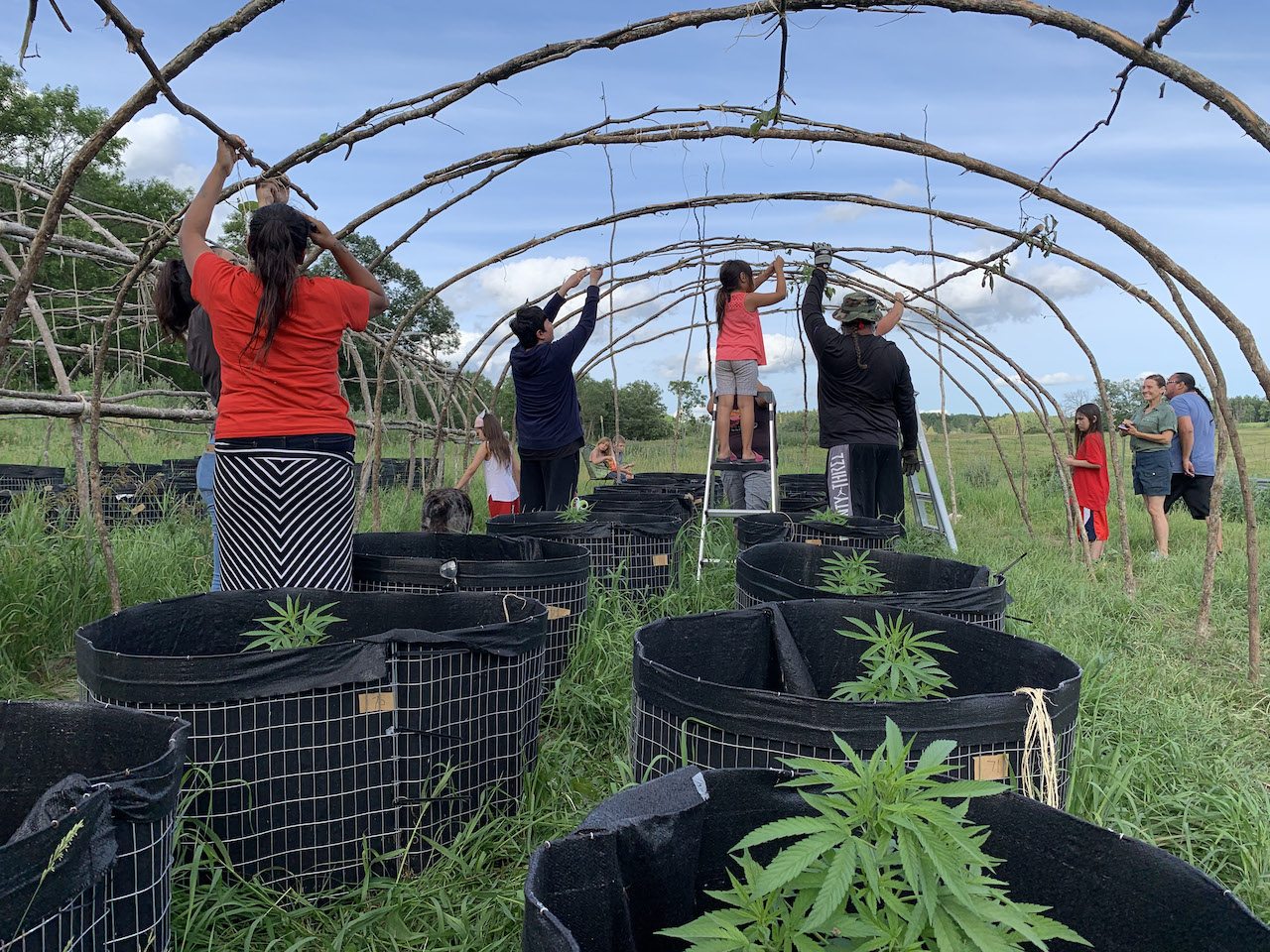
Image credit: Courtesy of Little Red feather Design, Anishinaabe Agriculture Institute
The conventional global textile industry now contributes 1.2 billion tons of carbon annually (more than all international flights and maritime shipping combined), creates 20% of industrial water pollution globally (from dyeing and treatment), and relies on present-day modern slavery and child labor [Ellen Macarthur Foundation, 2017].
To realize the promise of fiber hemp cultivation on Indigenous lands as a sustainable development strategy, it is critical to rebuild the infrastructure for processing the hemp crop into a usable fiber. It takes many steps to process a hemp crop from fiber to finished product. These steps include a process known as decorticating to remove the hard outer coating and gummy material of the hemp plant stalk, spinning to turn the fibers into thread, and weaving or knitting to create cloth.
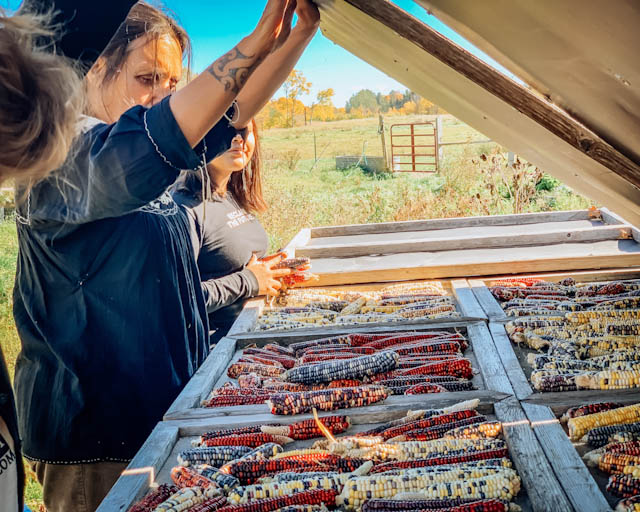
Image credit: Courtesy of Little Red feather Design, Anishinaabe Agriculture Institute
The lack of domestic hemp textile processing equipment for sale is a challenge at any scale, but particularly at the farm and community level. Nonetheless, in recent years Winona’s Hemp has made incredible headway and is in discussions with large off-takers to run a limited-edition line of domestically grown hemp products to prove out a pilot-scale product line produced with all domestic hemp and processing.
Goals
At this stage, the project’s main goal is to continue raising philanthropic capital to complete the pilot, prove market demand for goods, and develop a comprehensive business plan and feasibility study for an investable hemp enterprise on White Earth.
Winona’s Hemp has focused a great deal of time on the development of hemp in northern Minnesota, from which has emerged several significant opportunities:
- Fiber hemp for textiles
- Fiber hemp for insulation and building materials
- Fiber hemp for supercapacitors and batteries
- Hemp education.
Winona’s Hemp also sees hemp in the challenges over land justice, as much of Indigenous land is held by non-Native interests, whether as lessors of tribal land or ownership of land within the reservation borders. Hemp is a vital part of the future of Indigenous peoples, and this work focuses on vetting technology for appropriate sustainability and replication regionally.
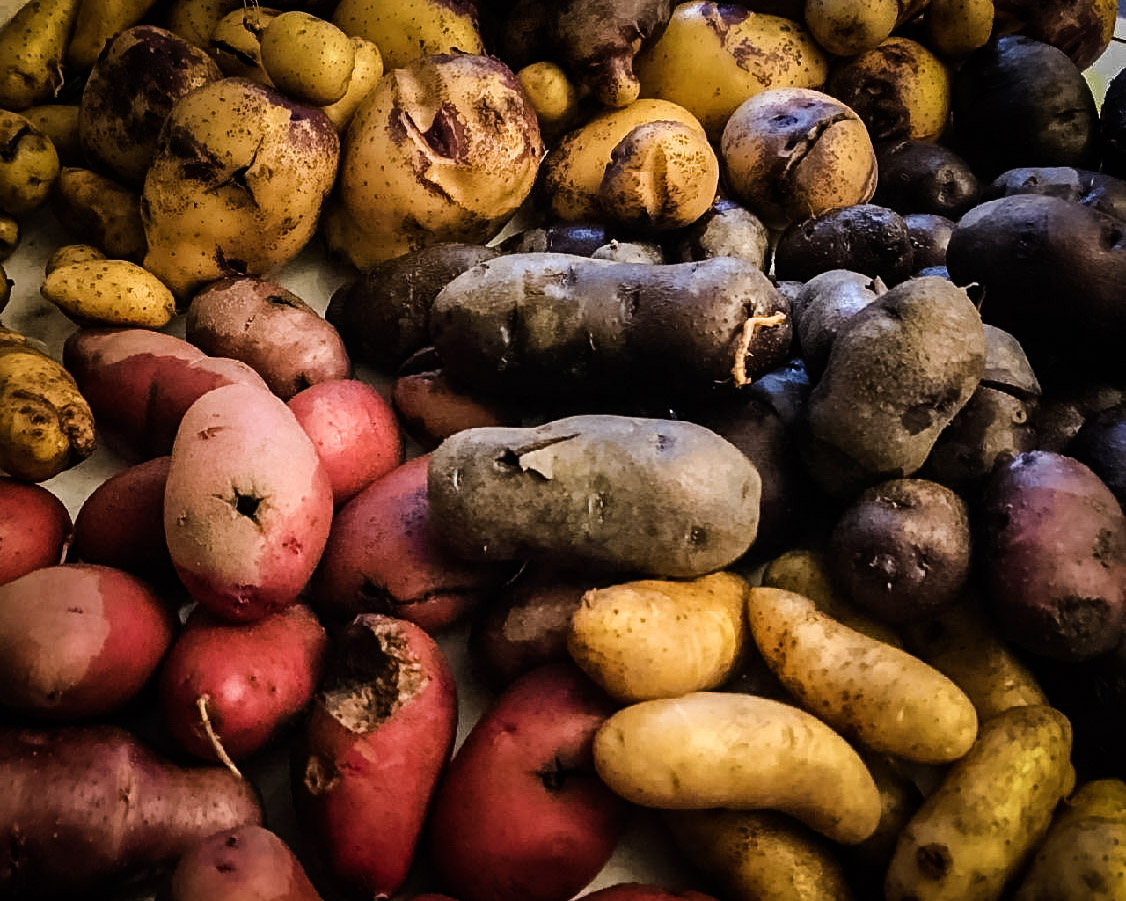
Image credit: Courtesy of Little Red feather Design, Anishinaabe Agriculture Institute
This project also seeks to train and organize a network of tribal member farmers on regenerative, organic fiber hemp growing. An introduction to fiber hemp class will be taught at the United Tribes Technical College and the Nueta-Hidatsa-Sahnish-college on the Fort Berthold Reservation.
The project is currently evaluating five possible research and development facility scenarios. Once diligence is complete, Winona’s Hemp will raise mission-aligned capital from impact investors to build a fully operational decortication facility at White Earth, the first step in a vertically integrated milling operation. With funding, the next steps include:
- Executing due diligence on purchasing domestic equipment to pilot a comprehensive decortication facility on White Earth Prototype, a limited-edition line of consumer-facing products with large brands (i.e., Patagonia) from tribally grown domestically processed hemp.
- Grading and assessing the viability of hemp hurd byproducts to construct healthy housing
- Completing the business plan and beginning to raise values-aligned investment capital
- Continuing to support other tribal growers to expand the domestic supply of tribally grown hemp
- Improving practices to move towards regenerative organic certified hemp
Regionally, the project works with various tribes, including Red Lake, Sisseton, Fort Thompson, and Navajo weavers. Seed varieties appropriate for the northern plains region and southwest are also used. In the upcoming months, seeds will be purchased and developed in seed banks to grow heritage and feral hemp seeds to develop landraces and varieties that tribal nations would use to develop the hemp economy. Seeds will be provided for l50 acres of tribal land and will expand throughout the Spring of 2022 with additional equipment for the production and harvesting of hemp.
Partnerships
Winona’s Hemp partners with LIFT Economy, an innovative technical assistance team, to support the work in fiber hemp. The team researched hemp processing options with many partners, including looking at models in England and Belgium. They also investigated American hemp processors, which led them to Renaissance Fibers in North Carolina. After harvesting this year, Winona’s Hemp sent some fiber to them for processing, and they plan to expand this partnership if funding is secured.
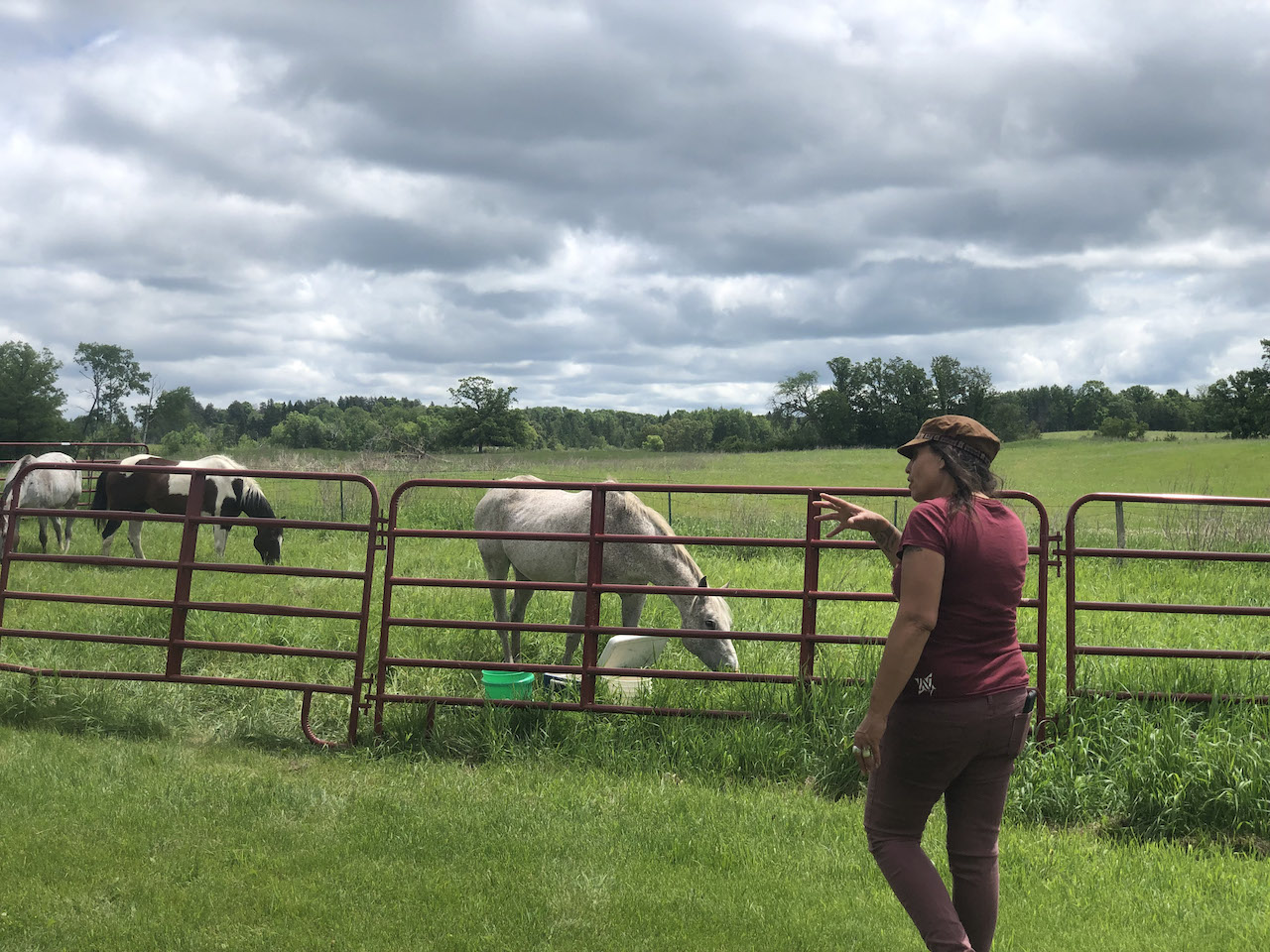
Image credit: Courtesy of Little Red feather Design, Anishinaabe Agriculture Institute
Madonna Thunder Hawk of the Cheyenne River Sioux is one of Winona’s Hemp's tribal growers, along with many more. With decades of organizing for Native sovereignty, Thunder Hawk also works with her daughter Marcella Gilbert to reintroduce traditional foods and organic farming as an expression of survival and empowerment. AAI and Winona’s Hemp also have partnerships with the Rosebud, Oneida, Three Affiliated Tribes, Red Lake, and Navajo Reservation and aims to develop an intertribal hemp cooperative to regenerate Indigenous lands and communities.
Advancing food systems and jobs
Fiber systems are not separate from food systems, and Winona’s Hemp is exploring food-fiber integrations such as intercropping heirloom Indigenous potato varieties with hemp. During the time of Covid, AAI and Winona’s Hemp focused on localizing the local food systems and the opportunities for continued local food production of corn beans, squash, potatoes, wild rice, maple syrup, and maple products.
With affiliates at Akiing, a community development initiative will restore a regionally integrated Anishinaabe economy focused on food, energy, and value-added production. AAI and Winona’s Hemp will continue to grow a community gardening, food, and hemp farming business.
Many local and regional Native people hope to create a hemp cooperative, including possibly seed sales for specialized fiber varieties and technical support for value-added production for local producers. With the creation of an affiliated Job Force Center in the village of Pine Point, AAI aims to create a small industry in creating horse tack and domestic animal leashes, using its hemp for rope fiber.
The New Green Revolution
The next economy is about cooperation, not competition. Hemp is referred to as the New Green Revolution, and it has the potential to transform the materials economy, sequester carbon and become a significant economy for Indigenous communities. Winona’s Hemp intends to be at the table, not on the menu. With funding, this program can train and engage Native people and grow their economy. They hope to cultivate leadership and hemp.
